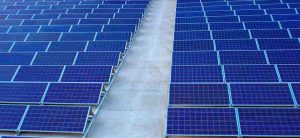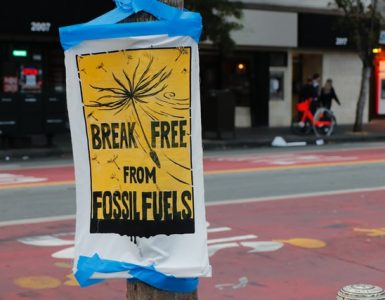The world’s fifth-largest economy, India, added a renewable energy capacity of 18.48 GW in 2023-24, according to the data from the Ministry of New and Renewable Energy.
This capacity addition is more than 20 percent higher than the 15.27 GW added in the previous year.
According to the data, India’s installed renewable energy capacity was around 190 GW as of March 31, 2024. Solar installed capacity tops the chart at 81.81 GW, followed by about 46 GW of wind energy, 9.43 GW of biomass cogeneration, and 52 GW of hydropower capacity (large and small plants).
The wind energy installation grew by 3253.39 MW in FY 2023-24, bringing the total installed wind capacity to 45887 MW. Wind power in India has doubled in just a decade, from 21 GW in 2014 to an impressive 45.89 GW in 2024.
Gujarat and Rajasthan have the largest renewable energy capacities in India, with about 27 GW each, followed by Tamil Nadu at about 22 GW, Karnataka at about 21 GW, and Maharashtra at about 17 GW. Himachal Pradesh and Andhra Pradesh have installed renewable energy capacities of about 11 GW each.
In the last ten years, India’s renewable energy capacity has largely been led by mega solar parks built in locations like Pavagada in Karnataka, Rewa Mega in Madhya Pradesh, Kurnool in Andhra Pradesh, and Bhadla in Rajasthan, among others.
Currently, Bhadla Solar Park, located in the Thar Desert of Rajasthan, is the world’s largest solar power plant in a single location. Covering a vast 56 sq. km area, it boasts an impressive installed capacity of 2 GW. The Bhadla Solar Park project commenced in 2015 under the aegis of the Ministry of New & Renewable Energy (MNRE) and the Rajasthan state Government.
In the near future, Bhadla Solar Park might lose its tag to Khavda Renewable Energy Park, which is planned to spread over 538 square kilometers (roughly ten times the size of Bhadla). Located in Gujarat, Khavda Renewable Energy Park will be developed by India’s leading renewable energy company, Adani Green Energy.
Besides Adani Green, India’s renewable energy is largely dominated by Greenko, NTPC, TATA Power, and ReNew.

Wrapping Up
India, the world’s most populous nation, has 1.4 billion people and is among the fastest-growing major economies.
Energy demand is rising fast in India, with an ambitious goal of 500 gigawatts (GW) of non-fossil fuel electricity generating capacity by 2030. This means it needs to add 310 GW in the next six years or at an average of 50 GW annually, which will require herculean efforts.
Whether it does so by establishing mega solar parks, wind parks, or other forms of renewable energy, it will be interesting to watch.
Change Started will keep tracking the developments. Follow us for updates.






Add comment